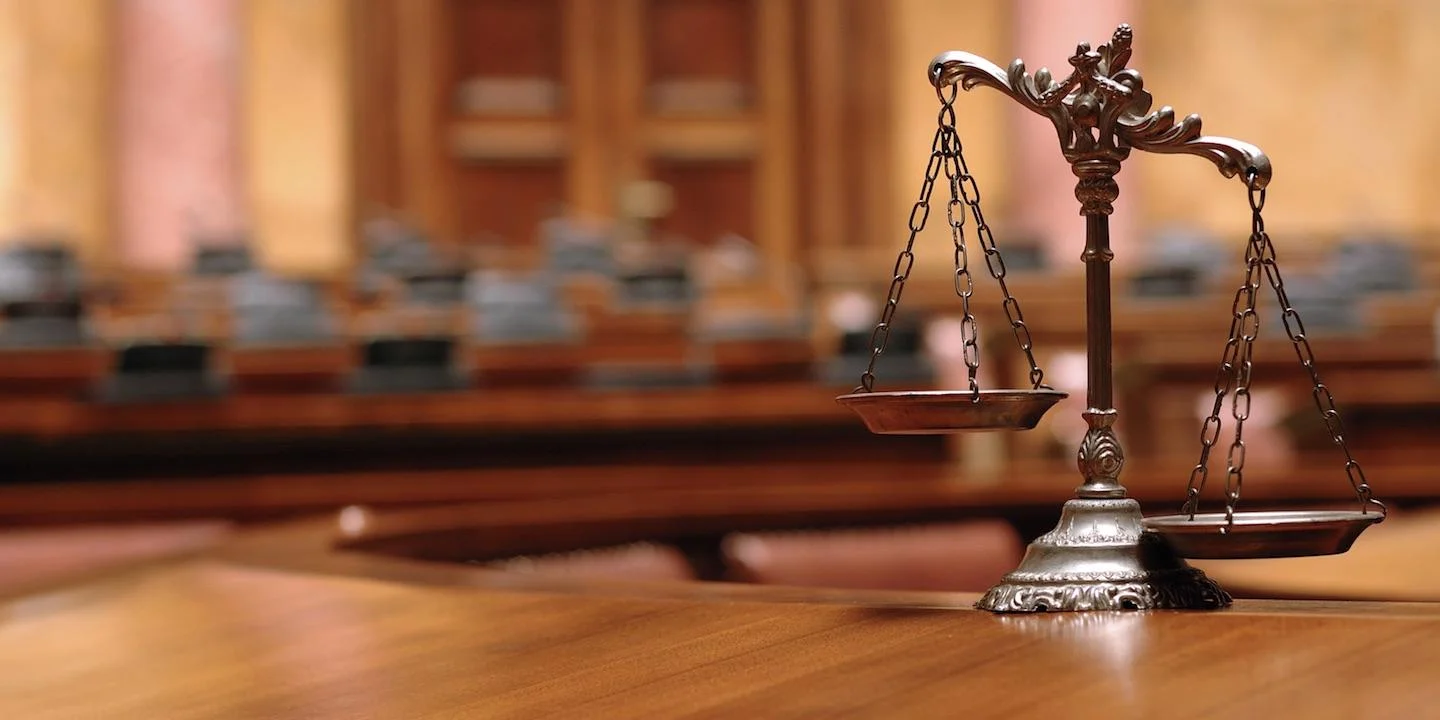In November 2017 while attending DRI, my colleagues and I first learned about Bestwall’s bankruptcy filing. Given that Bestwall was a significant defendant in the tort system, we were interested in how the bankruptcy case would proceed and what the potential impact might be on the remaining solvent defendants. Since then I have been following the developments of the case—and at the end of January, my colleague Michelle Potter and I had the opportunity to attend a key hearing in person in Charlotte, NC.
In observing the bankruptcy case progress, we have seen much of the same. For example, as we have seen in the past, the same plaintiff firms that were instrumental in bankrupting Bestwall now comprise the official committee of asbestos claimants (ACC). They tend to be the same big players in the litigation and many are top filers when we observe overall national filings in our Asbestos Litigation Report. However, we also see some noteworthy differences. Contrary to historical norms, in August 2018 the ACC filed a motion requesting the court either dismiss Bestwall’s bankruptcy case or transfer the case to an alternative venue. It seemed odd for the ACC to object to Bestwall’s bankruptcy filing, especially since the committee was entangled in the litigation that put the defendant there in the first place.
The hearing I attended on January 24, 2019 had two motions scheduled to be ruled on by the court, of which Judge Laura T. Beyer presides. The first being the ACC’s motion to dismiss the case or transfer venue. The second was a motion filed by the debtor (Bestwall) to protect New GP and other protected parties from continued litigation on the same asbestos cases. On a personal note, although I have been following this case closely, this was my first experience being present during the proceedings. Throughout my career, I have spent time researching and furthering my knowledge of the impacts of insolvency and bankruptcy trusts so I can properly advise my clients. There was a certain sense of import I felt as I listened to Judge Beyer announce her ruling and discuss her rationale.
She began by concisely declaring her ruling to deny the motion to dismiss the case or transfer venue and grant the motion of the debtor for an order preliminarily enjoining certain actions against non-debtors. Acknowledging the complexity of the case, Judge Beyer then walked through her thoughtful and deliberate reasoning behind arriving at that conclusion. I will in no means aim to summarize that decision, but rather would like to bring attention to five salient points she made that resonated with me most…
- It is better to risk proceeding with a wrongly motivated invocation of Chapter 11 protections whose futility is not immediately manifest, than to risk cutting off even a remote chance that a reorganization effort so motivated might never the less yield a successful reorganization.
- Suffice it to say at this point on the one hand, how the debtor got here, and the filing of this case may technically comply with the relevant statutes, on the other hand I'm not sure it's what Congress had in mind when it drafted section 524g to address mass tort bankruptcies.
- Filing especially in the context of an asbestos or mass tort case need not necessarily be due to insolvency. The committee ultimately, I believe, conceded that point and it's especially true in this case. Given the number of claims, the volume of asbestos claims Bestwall faced, together with the number of claims projected to be filed at least through 2050…that's sufficient financial distress for the debtor to seek resolution through 524g.
- This case is not Garlock, and I am not Judge Hodges, nor is Judge Whitley for that matter. Neither of us are bound by the Garlock decision and you failed to give me proper credit by presuming that because that case was heard in this district the outcome of an estimation trial in this case would necessarily be the same or even similar. As the committee notes, this is a different case and presumably the facts and the evidence presented at an estimation trial would be different. And therefore, so would the outcome. Either way, it would be a new estimation trial with different parties trying the case and to the best of my ability, I will reach the right result and one that is consistent with the evidence you present. But you can't presume that it would necessarily be the same result reached by Judge Hodges in Garlock. And I would ask that all parties bear that in mind as this case moves forward.
- I conclude that failure to maintain the existing injunction would cause irreparable injury to the debtor for all the reasons argued by the debtor in its motion. I agree, it would defeat the purpose of this Chapter 11 to allow the asbestos claims to continue to be prosecuted in the tort system. The balance of harm supports maintaining the injunction again for the reason that the purpose of this Chapter 11 filing would be defeated if the litigation of the Bestwall asbestos claims were allowed to proceed against the non-debtor third parties.
There is much to internalize from this ruling, but the case moves forward to brief and argue New GP’s motion to intervene in the adversary proceedings thereby addressing New GP’s right to standing in those proceedings. We will continue to monitor this case and provide updates on significant developments.
